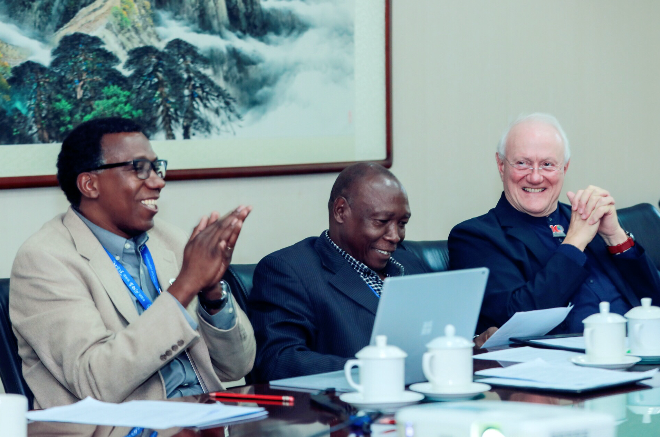会议资讯
纪念周口店遗址发现100周年国际研讨会
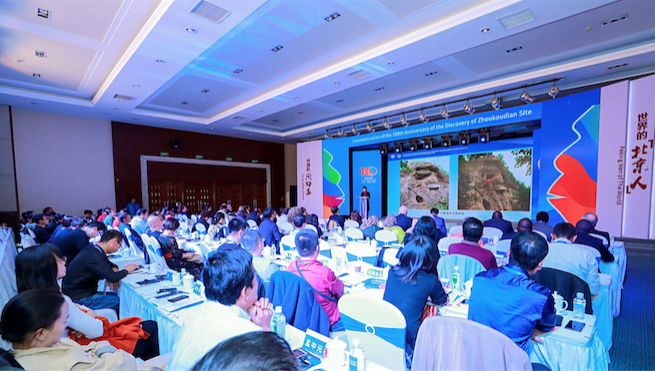
纪念周口店遗址发现100周年暨史前文化遗产保护与可持续发展国际研讨会成功召开
2018年10月10-13
北京房山
2018年10月10-13日,由中科院古脊椎动物与古人类研究所周口店国际古人类研究中心、中国古迹遗址保护协会、清华大学国家遗产中心、周口店北京人遗址博物馆联合主办的“纪念周口店遗址发现100周年暨史前文化遗产保护、研究与可持续发展国际研讨会”在北京房山召开。来自国内外史前遗址及世界遗产保护管理的专家学者和遗产地管理者逾百人参加了本次研讨会。两天的发言分为四大部分:主旨报告、周口店与早期人类遗址研究、史前人类遗址保护管理(世界遗产案例)和史前人类遗址保护管理(国内外案例),来自17个国家的31位专家学者就早期人类遗址保护管理的研究和实践进行了经验分享和深入的交流,并形成了“北京周口店人类起源遗址保护与展示共识”文件。
专家发言
11日上午主旨发言
主持人:
Francesco Bandarin, 联合国教科文总干事遗产问题特别顾问
序号 | 发言人 | 题目 |
1 | 中国科学院院士 吴新智 | 周口店第1地点在人类演化中的位置
|
2 | 威斯康星-麦迪逊大学人类学系教授Henry Thomas Bunn | 古人类遗址何时成为人类起源地?
|
3 | 周口店北京人遗址博物馆馆长 董翠平 | 周口店遗址保护管理探索
|
4 | 国际古迹遗址理事会主席 河野俊行 | 关于世界遗产保护的几个问题
|
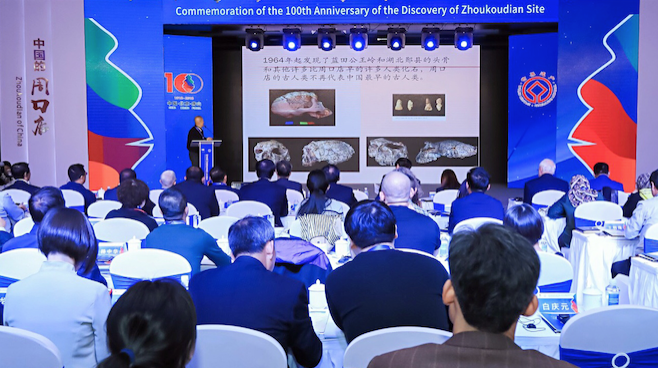
11日下午专家发言:周口店与早期人类遗址的研究、保护和发展
主持人:邓涛 中科院古脊椎动物与古人类研究所所长
序号 | 发言人 | 题目 |
5 | 复旦大学教授 杜晓帆 | 文化遗产阐释方法研究--以史前遗址为核心 |
6 | 国际古迹遗址理事会极地遗产委员会主席 Michael Pearson | 早期人类遗址的管理—国际经验能为周口店提供什么帮助?
|
7 | 中国科学院古脊椎动物与古人类研究所研究员 同号文 | 北京周口店地区哺乳动物化石百年发现 |
8 | 前坦桑尼亚驻联合国大使 前坦桑尼亚考古局局长 Donatius Kamamba | 莱托利足迹的保护
|
9 | 中国科学院古脊椎动物与古人类研究所副研究员 张双权 | 周口店遗址第1地点: 新发掘与新发现 |
10 | 北京工业大学文化创意产业研究院所长 王国华 | 周口店遗址价值与北京旅游产业发展
|
11 | 美国科罗拉多大学丹佛分校人类学博士 Charles Musiba | 从奥尔杜瓦伊峡谷(坦桑尼亚)到周口店(中国):两个考古遗址关于保护、公共参与和可持续旅游的经验 |
12 | 中国传媒大学文化发展研究院院长 范周 | 文旅融合背景下的文化遗产保护与创意开发 |
13 | 尼泊尔国家考古局勒立布德尔地区史前遗址和文化遗产保护专家 Kaji Man Pyakurel | 尼泊尔史前遗址及其前景
|
14 | 马来西亚国家遗产局考古处遗产专员 Farizah Binti Ideris | 马来西亚的文化遗产:旅游业和挑战
|
15 | 北京国文琰文化遗产保护中心有限公司项目负责人 李梦静 | 史前洞穴遗址保护管理与考古学研究 |
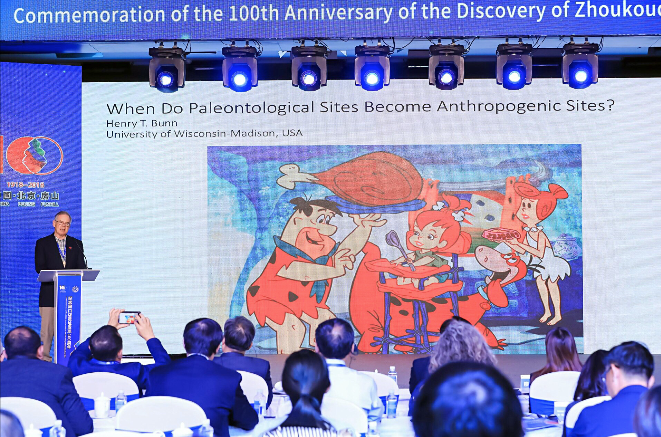
12日上午:
史前人类遗址保护管理与展示利用 (国内外案例-世界遗产)
主持人:Michael Pearson, ICOMOS极地遗产专业委员会主席、考古学家
序号 | 发言人 | 题目 |
1 | 英国巨石阵遗址资深馆长 Sebire Heather Rose | “百年”巨石阵:在21世纪管理一处全球标志性史前遗址 |
2 | 科阿博物馆和考古公园的考古学家 António Batarda Fernandes | 世界遗产提名20年后的科阿河谷史前岩石艺术:过去的遗产,现在的问题,未来的展望
|
3 | 威兰德拉湖区遗产地芒戈国家公园探索协调员 Tanya Charles | 澳大利亚威兰德拉湖人类轨道化石:遗留数据在现场展示和保护中的作用 |
4 | 国际古迹遗址理事会和国际博物馆理事会会员 Artur Petrosyan | 亚美尼亚史前文化遗产的研究、保护、利用的结合:Areni-l洞穴为例 |
5 | 国际古迹遗址理事会土耳其国家委员会成员 Zeynep Aktüre | 史前遗址开放和多元解读--以土耳其世界遗产Çatalhöyük和 Göbekli Tepe 遗址为例 |
6 | 印度尼西亚波多莫罗大学讲师、研究人员 Doni Fireza | 博物馆设计作为一种展示手段:考古遗址现场保护和文化旅游-以印度尼西亚西爪哇的巴东山遗址为例 |
7 | 澳大利亚生物多样性和遗产声学研究中心;澳大利亚悉尼新南威尔士大学生物、地球和环境科学学院研究人员 Goh Hsiao Mei | 马来西亚世界遗产玲珑谷:当代遗产管理回顾 |
8 | 英国女王大学贝尔法斯特大学博士 Thorsten Kahlert | 沉浸式视觉技术在保护提升史前景观中的应用-以越南宁普南安世界遗产地为例 |
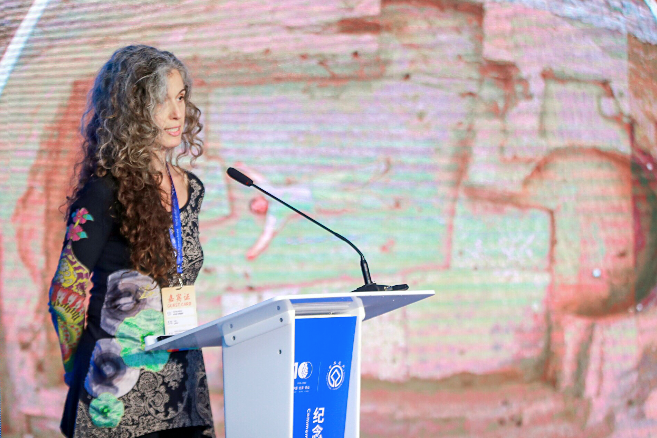
12日下午:史前考古遗址的保护管理与展示(国内外案例)
主持人:吕舟,清华大学建筑学院教授、国家遗产中心主任、ICOMOS CHINA副主席
序号 | 发言人 | 题目 |
9 | ICOMOS遗产记录专业委员会秘书长;希腊塞萨洛尼基亚里士多德大学副教授 Efstratios Stylianidis | 考古学中文化遗产记录的工具、程序和系统 |
10 | 中国建筑设计研究院有限公司建筑历史研究所城乡规划师 王力恒 | 选择与平衡——以陶寺遗址为例初步探讨新石器时代考古遗址的展示方法 |
11 | 世界地质公园管理处网络总裁Nickolas Zouros | UNESCO全球地质公园:保存、保护和合理管理优秀地质、古生物和古人类遗产的新工具。以UNESCO全球地质公园希腊莱斯沃斯岛为例。 |
12 | 地质公园专家 Marie-Luise Frey | 德国梅塞尔坑穴世界遗产地的管理,公共通道和地球科学普及 |
13 | 伊斯兰堡考古和博物馆司编目员和古籍专家 Sundus Aslam Khan | 数字化在制止合法贩运文化财产和提高文化遗产意识中的作用:以拉拉马巴德博物馆为例 |
14 | 秦始皇帝陵博物院副研究员 孟中元 | 文化遗产保护中的数字考古技术应用研究探讨—以史前考古遗址数字化应用为例 |
15 | 福建省三明市文物保护中心文博馆员 黄敏 | 基于大遗址保护视角的文化展示与旅游开发探讨——以万寿岩国家考古遗址公园为例 |
16 | 伊朗塔比阿特莫达勒斯大学园林规划学博士生Naimeh Asadian Zargar | 史前遗迹标准对史前考古博物馆质量的影响(案例研究:大不里士铁器博物馆) |
花絮:
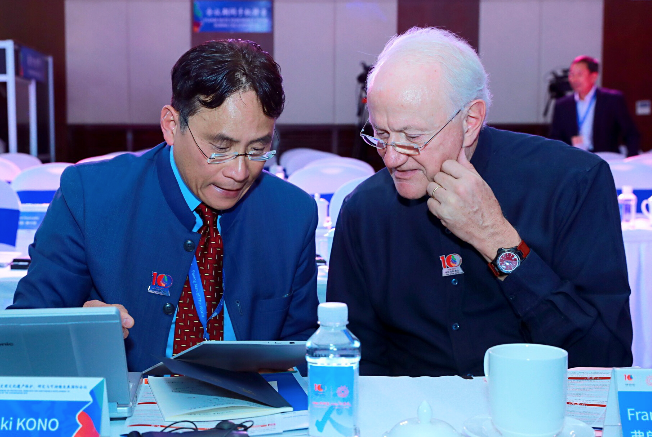

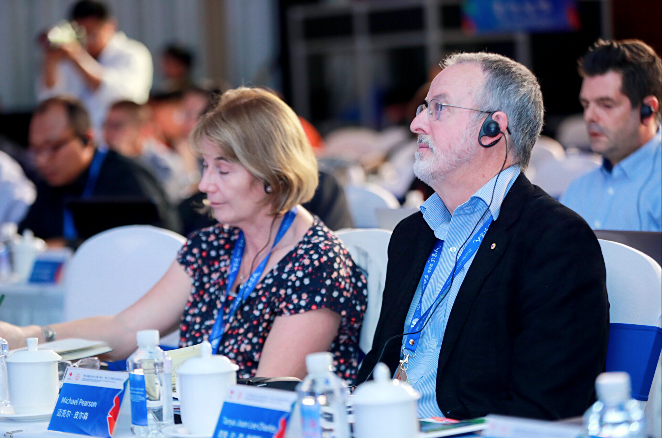
大会共识文件(中英文)
北京周口店人类起源遗址保护与展示共识
序言
我们,“纪念周口店遗址发现100周年暨史前文化遗产保护研究与可持续发展国际会议”(2018年10月10至13日,中国北京市房山区)的全体与会者,
感谢
北京市房山区人民政府、中国科学院古脊椎动物与古人类研究所周口店国际古人类研究中心、中国古迹遗址保护协会、清华大学国家遗产中心、周口店北京人遗址博物馆共同主办了这一会议。
认识到
人类起源遗址展现出人类早期演进的漫长过程,并呈现出丰富而多样的研究主题,因而具有重要的科学、文化、历史和生态价值。
探寻和理解人类起源与社会的演进路径,对于认知这个星球上人类生活、行为和体验的多样性与共通性具有极其重要的作用。
然而,由于公众获取人类起源遗址的信息往往较为困难,人类起源遗址并未得到充分地重视。
促进人类起源遗址对公众的开放有可能成为一种驱动力,提升地方文化认同,促进公共教育,发展文化创意产业,为地方社区的可持续发展做出贡献。
忆及
联合国教科文组织世界遗产委员会于1994年提出的“全球战略”(Global Strategy)和联合国教科文组织世界遗产中心“人类演进:适应性、迁徙和社会发展”研究计划(Human Evolution: Adaptations, Dispersals and Social Developments, HEADS)的成果。
关注到
人类起源遗址面临着气候变化及其相关活动、环境衰退、基础设施和旅游投资、城市发展的负面影响。
人类起源遗址的遗产价值保护、管理、阐释与展示并未得到应有的公众关注。
就地区分布和主题类型而言,人类起源遗址在《世界遗产名录》中的代表性依然不足。
建议
1、适当的管理应旨在保持人类起源遗址的意义、完整性和真实性,延缓其衰退过程,遗址周边环境的自然和文化资源也应同样加以全面的保护。
2、人类起源遗址保护与阐释过程中的社区参与应成为管理进程的有机组成部分,以促进社会和经济的可持续发展。
3、人类起源遗址的整体保护应与包括考古工作在内的科学研究相结合。
4、人类起源遗址的展示应建立在综合和深入的研究基础上,以确保其价值得到适当的阐释。
5、人类起源遗址的展示应恰当地采用富于创造力的方式,以确保来自不同背景的更多参观者能够全面理解和认识其价值。
6、 在人类起源遗址进行的展览和其他策展活动应与公众教育和公众参与,以及非物质文化遗产传承活动相结合。
7、遗产地的所有新建构筑物应在其建造、使用和拆除过程中,对人类起源遗址本体及其周边环境尽可能少地产生影响。可持续性应是设计和建造保护设施和展示中心的主要考虑因素。
2018年10月12日于北京市房山区
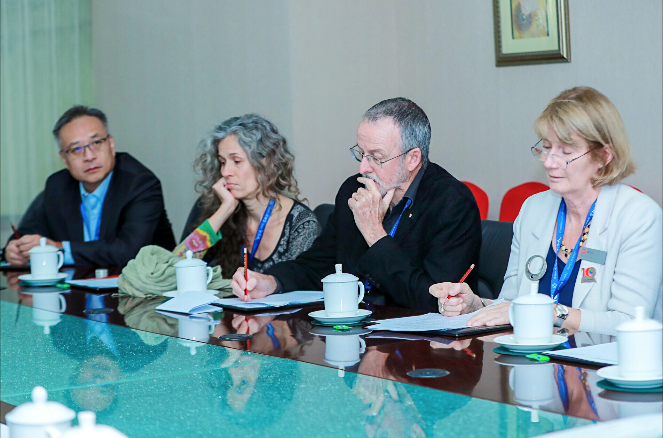
The Zhoukoudian Consensus on
the Conservation and Presentation of Sites of Human Origin
Preamble:
We, the participants in the International Symposium on Protection, Research and Sustainable Development of Prehistory Heritage of the Zhoukoudian Site, held in Fangshan District of Beijing, China from October 10-13, 2018,
Thanking:
The District Government of Fangshan, Beijing; Zhoukoudian International Paleoanthropological Research Centre, Institute of Vertebrate Paleontology and Paleoanthropology of the Chinese Academy of Sciences; ICOMOS China; National Heritage Center, Tsinghua University; Museum of Peking Man site at Zhoukoudian for co-organizing this event.
Acknowledging that:
Sites of human origin demonstrate the long process of early human evolution and present diverse research themes. They therefore bear significant scientific, cultural, historical and ecological values.
Exploring and understanding human origin and paths of social evolution play a vital role in acknowledging the diversity and commonality of human life, behaviors and experiences on the planet.
Information on sites of human origin is often not easily accessible to the public and therefore the sites are not sufficiently valued.
Facilitating public access to sites of human origin has the potential to serve as a driving force for enhancing local cultural identities, to facilitate improvements in public education, to develop cultural and creative industries, and to contribute in sustainable development of local communities.
Recalling:
The Global Strategy launched by the UNESCO World Heritage Committee in 1994, and the results of the Human Evolution:Adaptation, Dispersal and Social Developments (HEADS) program of the UNESCO World Heritage Centre.
Concerned that:
The sites of human origin are exposed to the negative impacts of climate change and events, environmental degradation, as well as of human activity such as infrastructural and tourism investment, and urban development.
Protection of the heritage values, management, interpretation and presentation of the sites of human origin have not yet received the public attention they deserve.
The sites of human origin are still underrepresented on the UNESCO World Heritage List in terms of regional distribution and heritage themes.
Recommend that:
- The proper management processes should aim to maintain the significance, integrity and authenticity of the sites of human origin, and slow down their physical degradation processes. The natural and cultural resources in the setting of human origin sites should also be protected in an equally comprehensive manner.
- Community participation and engagement in the conservation and interpretation of sites of human origin should be an integral part of the management process, in order to foster sustainable social and economic development.
- Integrated conservation of sites of human origin should be carried out in parallel with scientific research including archaeological fieldwork.
- Presentation of sites of human origin should be based on comprehensive and in-depth research to ensure proper interpretation of their values.
- Creative approaches should be appropriately adopted in the presentation of sites of human origin in order to enable a wider range of visitors from various backgrounds to fully understand and acknowledge their values.
- Exhibitions and other curatorial activities on sites of human origin should be combined with events for public education and involvement as well as for transmission of intangible cultural heritage values and practices to all generations.
- All new structures should have minimum impact on the protected sites of human origin and their setting, during their construction, operation and removal. Sustainability should be a major concern in the design and construction of protective structures and interpretation centers.
Fangshan, Beijing, October 12, 2018
